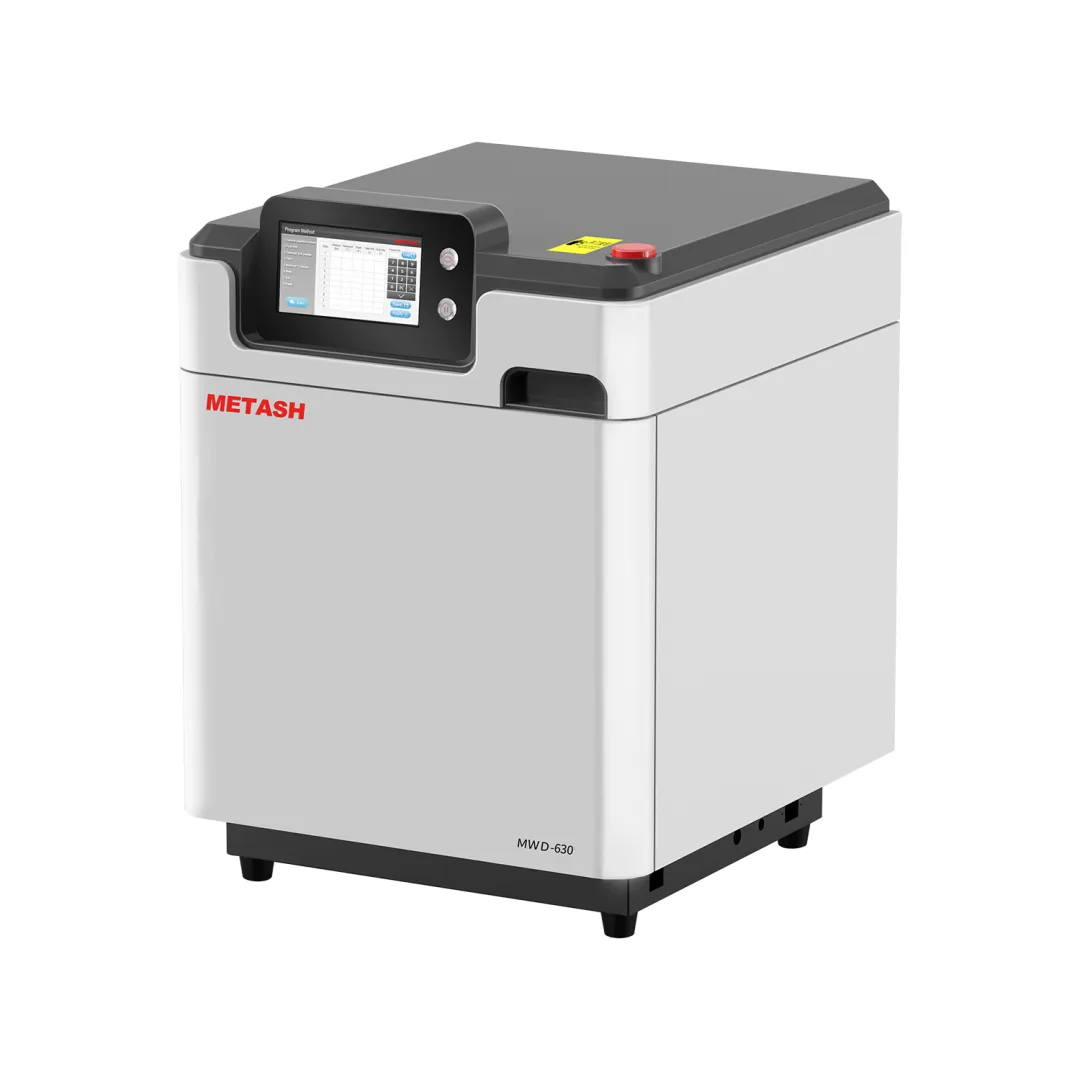Navigating the Lab: Essential Rules for Chemical Safety in the Laboratory Environment
In the realm of scientific research and experimentation, the laboratory serves as a crucible for innovation and discovery. However, the potential hazards associated with chemical substances necessitate a rigorous approach to safety. Understanding and adhering to the rules for chemical safety in a lab is not merely a regulatory requirement; it is a fundamental aspect of fostering a culture of safety that protects researchers, students, and the environment. This article delves into the essential rules for chemical safety, providing a comprehensive guide for laboratory personnel.
- Understanding Chemical Hazards
Before engaging with chemicals, it is crucial to comprehend the various types of hazards they may pose. Chemicals can be classified into several categories based on their properties:
- Flammable: Substances that can easily ignite and cause fires.
- Corrosive: Chemicals that can damage living tissue or corrode materials.
- Toxic: Substances that can cause harm or death upon exposure.
- Reactive: Chemicals that can undergo violent reactions when mixed with other substances.
Familiarity with these classifications allows lab personnel to assess risks effectively and implement appropriate safety measures.
- Personal Protective Equipment (PPE)
The cornerstone of laboratory safety is the use of Personal Protective Equipment (PPE). Depending on the nature of the work, appropriate PPE may include:
- Safety goggles: To protect the eyes from splashes and harmful vapors.
- Lab coats: To shield skin and clothing from spills and splashes.
- Gloves: To prevent skin contact with hazardous materials.
- Respirators: For protection against inhalation of toxic fumes.
It is imperative that all personnel are trained in the proper use and maintenance of PPE to ensure maximum protection.
- Proper Chemical Storage
Chemical safety begins with proper storage. Chemicals should be stored according to their compatibility and hazard classification. Key considerations include:
- Segregation: Store incompatible chemicals separately to prevent dangerous reactions. For example, acids should be stored away from bases and oxidizers.
- Labeling: All chemical containers must be clearly labeled with the substance name, hazard symbols, and relevant safety information.
- Temperature Control: Some chemicals require specific temperature conditions to remain stable. Ensure that storage areas are equipped with appropriate climate control.
- Safe Handling Practices
When working with chemicals, safe handling practices are essential to minimize exposure and accidents. These practices include:
- Minimizing Exposure: Use fume hoods when working with volatile substances to reduce inhalation risks.
- Avoiding Direct Contact: Use tools such as pipettes and tongs to handle chemicals, rather than direct hand contact.
- Working in Pairs: Whenever possible, work with a partner to ensure assistance is available in case of an emergency.
- Emergency Preparedness
Despite the best safety practices, accidents can occur. Therefore, it is vital to have an emergency preparedness plan in place. This includes:
- Emergency Equipment: Ensure that safety showers, eyewash stations, and fire extinguishers are easily accessible and regularly maintained.
- Spill Kits: Have spill kits readily available for immediate response to chemical spills. Personnel should be trained in their use.
- Emergency Contacts: Maintain a list of emergency contacts, including local poison control and emergency services, prominently displayed in the lab.
- Training and Documentation
Ongoing training is crucial for maintaining a safe laboratory environment. All personnel should receive comprehensive training on:
- Chemical Safety Data Sheets (SDS): Understanding how to read and interpret SDS is essential for recognizing hazards and implementing safety measures.
- Laboratory Protocols: Familiarize all staff with standard operating procedures (SOPs) for handling chemicals and responding to emergencies.
- Regular Drills: Conduct regular safety drills to ensure that all personnel are prepared for emergencies.
- Waste Disposal
Proper disposal of chemical waste is a critical aspect of laboratory safety. Adhere to the following guidelines:
- Segregation of Waste: Different types of chemical waste should be segregated to prevent reactions during disposal.
- Labeling Waste Containers: Clearly label waste containers with the contents and hazard information.
- Follow Regulations: Comply with local, state, and federal regulations regarding hazardous waste disposal to minimize environmental impact.
Conclusion
Chemical safety in the laboratory is a multifaceted responsibility that requires diligence, training, and adherence to established protocols. By understanding chemical hazards, utilizing appropriate PPE, practicing safe handling, preparing for emergencies, and ensuring proper waste disposal, laboratory personnel can create a safer working environment. Ultimately, fostering a culture of safety not only protects individuals but also enhances the integrity of scientific research and innovation. As we navigate the complexities of chemical experimentation, let us prioritize safety as a fundamental principle in our quest for knowledge.







